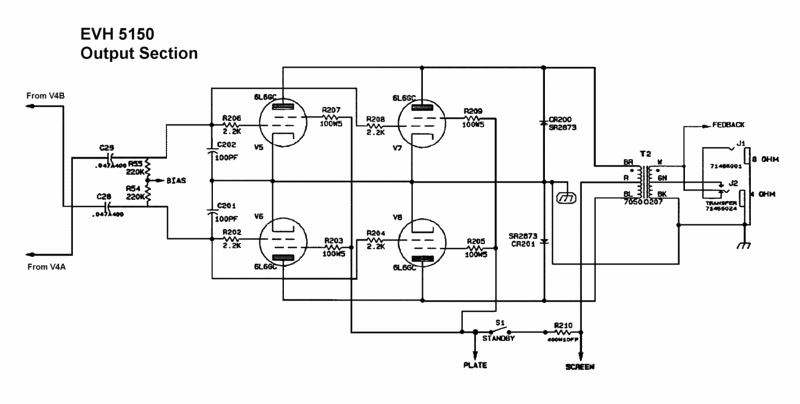Hey guys and gals and everyone in between! 
I've got my 5150 here, I'm currently running two kt88 tube in the amp and I'm experiencing an odd problem.
One of my tubes is running away no me, I can run the amp for about 20 minutes or so but then just one of the tubes seem to overheat and crap out and the plates glow red.
Now at first I figured I just figured the tubes life was up kinda thing and I replaced the set. It is still happening though. It didn't start happening right away with the new tubes, but after about 3 months or so.
A couple things, I do have the tubes biased hotter than stock but they are still fairly low about half way between stock and the max for kt88 tubes (I can't remember the specific numbers I just remember from when I was biasing it initially). I am just running the 2 tubes not a full quad.
I have a feeling this might be caused due to the tubes over heating because I had re-engineered the inside of the chassis and I don't think the circulation of air was very good for the tubes, so I've now installed a fan.
If heat isn't the issue though does anyone have any ideas as to what would cause this to happen?

I've got my 5150 here, I'm currently running two kt88 tube in the amp and I'm experiencing an odd problem.
One of my tubes is running away no me, I can run the amp for about 20 minutes or so but then just one of the tubes seem to overheat and crap out and the plates glow red.
Now at first I figured I just figured the tubes life was up kinda thing and I replaced the set. It is still happening though. It didn't start happening right away with the new tubes, but after about 3 months or so.
A couple things, I do have the tubes biased hotter than stock but they are still fairly low about half way between stock and the max for kt88 tubes (I can't remember the specific numbers I just remember from when I was biasing it initially). I am just running the 2 tubes not a full quad.
I have a feeling this might be caused due to the tubes over heating because I had re-engineered the inside of the chassis and I don't think the circulation of air was very good for the tubes, so I've now installed a fan.
If heat isn't the issue though does anyone have any ideas as to what would cause this to happen?

Comment